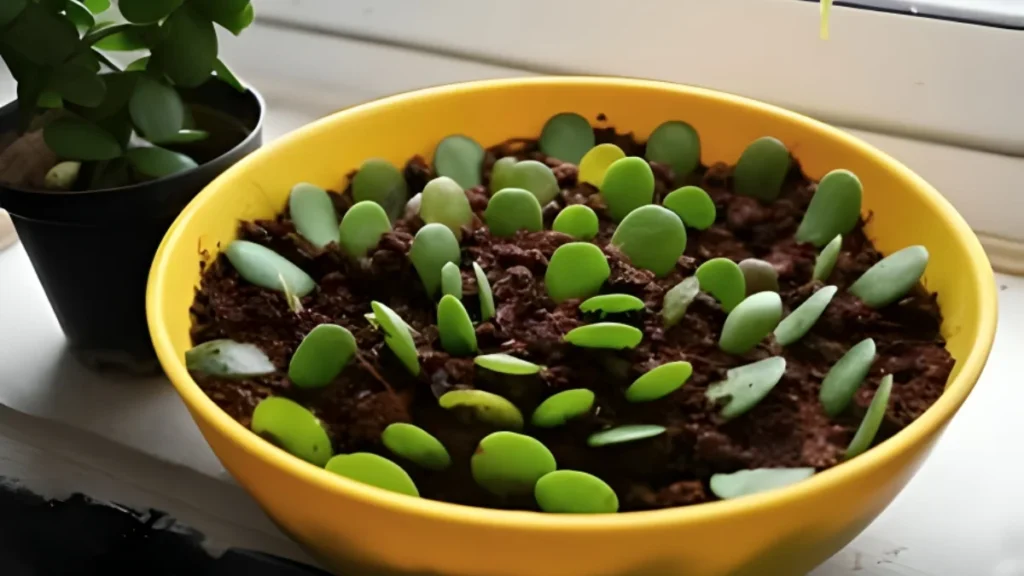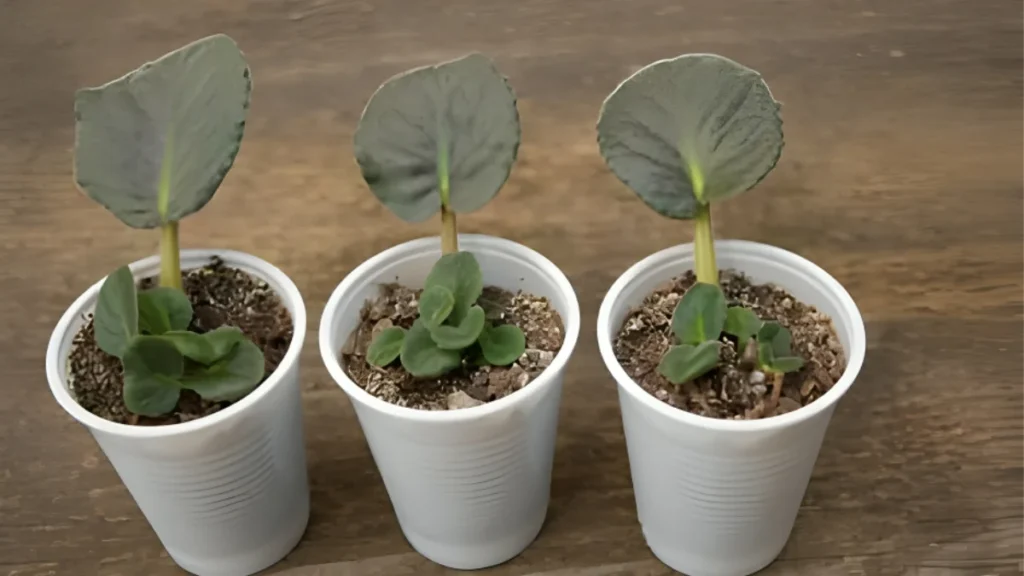Leaf propagation is an intriguing and satisfying way to create new plants from existing ones. It’s an easy and economical way to add more plants to your collection; you can utilize houseplants, herbs, and succulents among other plant varieties. We’ll go over the fundamentals of leaf propagation in this beginner’s tutorial, along with step-by-step directions to help you effectively develop new plants from leaves.
Understanding the process of leaf propagation:
Select well-being leaves
Choose leaves from mature, healthy plants. Seek for leaves devoid of bugs, diseases, or damage. The best probability of creating viable offspring is with healthy leaves.
Choose appropriate plants for leaf propagation
Not every plant can be multiplied via leaf-grafting. Succulents like snake plants and jade plants, as well as some houseplants like pothos and begonias, are popular options for leaf propagation. To guarantee success, learn about the particular needs of the plant you want to propagate.
Make clean cuts
Make sure to use sharp, clean scissors or pruning shears to make clean cuts while removing leaves for propagation. Steer clear of tearing or injuring the leaf as this may hinder its ability to root well.
Give leaves time to callus
Once the leaves are removed, let them air dry for a few days in a warm, dry place, until the cut ends get callused. When the leaves are planted in soil or water for proliferation, this helps keep them from decaying.
Select the appropriate media
Depending on the type of plant, leaves can be multiplied either in water or soil. Soil propagation is preferable for many houseplants, including succulents. Make use of a well-draining soil mixture, like potting soil plus sand or perlite. Place the leaf cuttings in a container designed for water growth, making sure that only the cut end is submerged in the water.

Leaf propagation requires sufficient light and moisture
Plant the propagated leaves in an area with indirect, bright light. Keep them out of direct sunlight to prevent the leaves from drying out or scorching. To add humidity, sometimes shower the leaves and keep the soil slightly damp but not soggy.
Carefully transplant
Plant the newly sprouted plants gently into individual pots filled with soil that drains properly once roots have grown and new growth has become apparent. Take extra care not to injure the fragile roots.
Monitor and care for new plants
As the new plants grow, keep a watch on them. To promote healthy growth, give proper care, such as routine watering, fertilizing (if needed), and sporadic pruning.
Conclusion:
Leaf propagation is a simple and gratifying method for increasing your plant collection and creating new plants from existing ones. Through adherence to these fundamental guidelines and appropriate maintenance, leaf propagation can prove to be successful even for novices. Try out various plants and methods to see what suits you the best, and take pleasure in seeing your new plants flourish.
Certainly! If you’d like to learn more, please consider following our WhatsApp Channel: Harvest Gardening
A frequently asked questions:
Q1: What materials do I need for leaf propagation?
A1: A good potting mix or growing media, pots for planting, a clean, sharp knife or pair of scissors for taking cuttings, and healthy leaves from a parent plant are all you’ll need.
Q2: What is leaf propagation?
A2: One method of plant multiplication called “leaf propagation” involves starting a new plant from a leaf or a piece of a leaf. Certain plant species, such as succulents and some houseplants kept indoors, are commonly treated in this way.
Q3: Can you propagate succulent leaves in any way?
A3: Even though leaves are a viable means of propagating many succulent species, not all leaves will bear fruitful offspring. Certain leaves may not be able to take root or generate viable progeny because of environmental or genetic causes.



